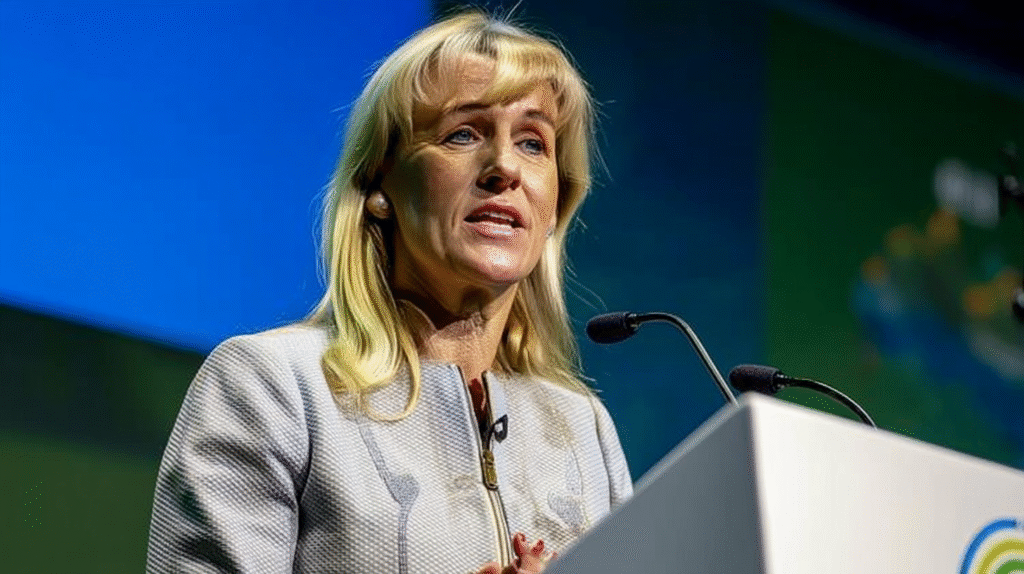Funding access, technology fragmentation and a persistent misalignment with farmers’ needs remain the major barriers to the latest agritech adoption, industry leaders told delegates at Agri‑TechE’s REAP conference. But with new initiatives such as ADOPT and a stronger focus on open co-development, farmers believe the benefits of agritech are more accessible than ever.
Speaking at the event, Baroness Minette Batters – delivering her first public address on the Farm Profitability Review following its submission to Defra – emphasised the centrality of agricultural technology to future profitability. “On the evidence that I have (in the Farm Profitability Review), agritech is front and centre of profitability,” she said. “We have got to get research and innovation onto every farm and into every field. Two bits of evidence that I have seen for farm profitability are farmers having to have really good control of input costs and farming at scale. To be able to get the latest research hitting the ground on farms is fundamental to improving these.”
Meanwhile, Dr Belinda Clarke, Director of Agri-TechE, noted that the UK’s diversity of farm types, soil systems and pioneering growers puts it in a strong position to become the world’s test-bed for agritech innovations. “We are not going to change the world with one start-up or one research project at a time. Let’s pull them together, allowing the farmers to set the challenge,” she added.
One practical example of this collaborative approach is highlighted by Laura Rous of Dennington Hall Farms — a 1,500 ha arable enterprise in Suffolk engaged in an ADOPT-backed project with NIAB and Limagrain. The project examines long-term nitrogen reduction using a legume cover-crop mix. “We have found it really exciting to be part of the decision-making and problem-solving, building the project out from things I talk about with the farm’s manager, Ryan McCormick, on a day-to-day basis,” Laura said. “Because our problem of trying to figure out reductions in nitrogen use is one all farmers face, we hope the results we get from this project will be meaningful to not just us but the wider industry.”
However, collaboration needn’t only happen under formal programmes. Jake Freestone, farm manager at Overbury Estate (1,600 ha, Gloucestershire), argues that less formal researcher–industry partnerships can deliver equally meaningful outcomes — especially given the two-year funding horizon of ADOPT projects may not always align with the rhythms of rotation-based experimentation. “If you are open to opportunity, then it will come,” he explained. “Attending events like REAP, making conversations and having a really open mind help. We have the land, the machinery, the ambition and the desire to make changes happen. Working with ideas that are close to commerciality is important for farms. We need to do the final bit of testing, not necessarily always be there for the concept testing.”
Closing out the event, Harley Stoddart, Head of Climate Mitigation Science at Defra, highlighted how many of the showcased technologies shared a common thread: soil biology. “I can’t help but think how many of these innovations link up to become more than the sum of their parts. The REAP conference is about collaboration and co-existing, and we wouldn’t be able to operate as an industry without doing those things,” he concluded.
As agritech continues to evolve, stakeholders say the emphasis must shift from innovation in isolation to ecosystem-scale collaboration — enabling farmers to not only access new technologies but shape and co-deploy them in real-world environments.


